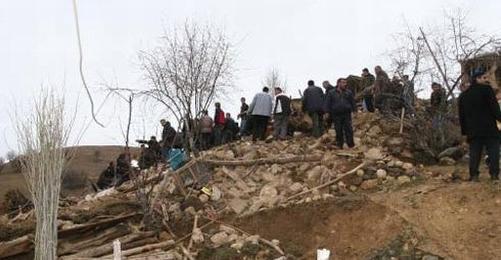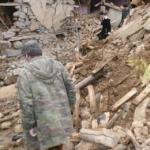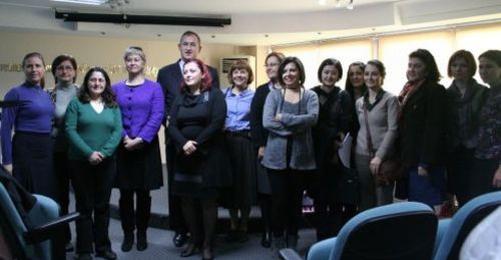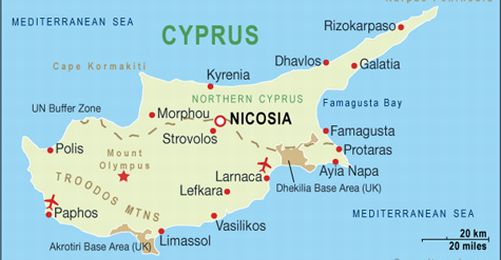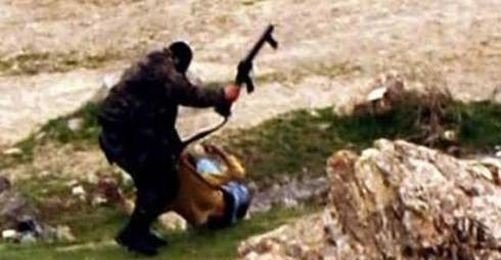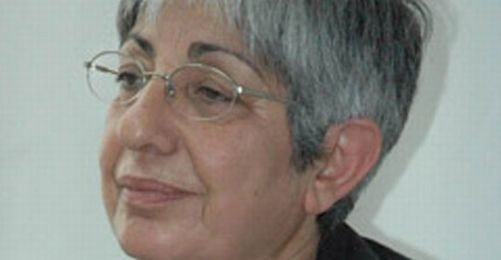The Governor of Elazığ in south-eastern Turkey announced that 41 people have died in the earthquake that shook the province on 8 March with the strength of 6.0 on the Richter scale. The estimated number of casualties had previously been quoted at 51, media sources spoke of 57. Ten bodies were brought to the Kovancılar morgue because their identities could not be confirmed from the registry. Different lists were combined in the crisis centre and the number of casualties was announced at 51.
According to the Governor's Office, the names of the earthquake victims were initially gathered from relatives or the registry of the village headman.
However, the prosecution determined a number of 41 casualties. Nine of the victims had been married in a religious ceremony but had not yet put civil marriage into effect, so their names were counted double due to different surnames. Another person was registered twice because of a change of surname.
According to the latest announcement, ten girls, ten boys, seven women and 14 men lost their lives in the earthquake.
Building structure caused casualties
Hıdır Kaya, representative of the Chamber of Civil Engineers, said that the casualties were caused by the collapse of houses built from mud-bricks.
The earthquake happened in the early morning hours at 4.30 am, most of the people were taken by surprise during their sleep. Kaya told bianet that mud-brick walls easily collapsed and caused the ceilings to crash down.
As pointed out by Kaya and also by the Elazığ governor's office, all casualties occurred in the villages, where structures made from mud-bricks are a common way of building. More than 70 people were injured and received medical treatment in surrounding hospitals.
Kaya indicated that the collapsed buildings were without exception old one-storey houses and barns made from mud and straw. The stone walls were grouted with mud instead of concrete. Kaya said that nobody lost their lives in the newer buildings made from concrete. These buildings got away with cracks and minor damages, none of them collapsed.
Hesitant Emergency Management
The earthquake preparation works placed on the agenda after the major earthquake in the Marmara region progressed at a very slow pace due to lack of resources and political will.
The Disaster and Emergency Management organization is responsible for the preparation before and the crisis management after an earthquake. Only ten years after the Marmara earthquake, a related law was enforced in December 2009.
The organization for the Elazığ region was completed at the end of last year. Although the danger of a possible earthquake was determined as the priority in the documents of the Governor's Office, the plan was obviously not taken into action due to a limited budget and personnel.
No plan
The Strategic Plan covering the years 2007-2011 was lacking a landscape plan and a regional plan scalded 1:250,000. Illegal construction could not be inspected and prevented because a village development was mangling.
Two targets were determined in the plan regarding possible earthquakes. The first goal was the preparation of a disaster management plan. An annual budget of about TL 20,000 was allocated to the necessary equipment and training.
The second goal was the determination of settlements within the earthquake zone, including the development of new settlements and earthquake-proof buildings. However, the Provincial Special Administration did not allocate a budget for this.
The Provincial Directorate of Public Works and Housing was held responsible for the plan.
Ironic training
The action report for earthquake preparation also includes information on the formation of a search and rescue team of 12 people in 2007.
The team carried out an earthquake training in 2008. Four people were injured in the course of the training session in the rubbles of a mud-brick built house. (EÜ/VK)





